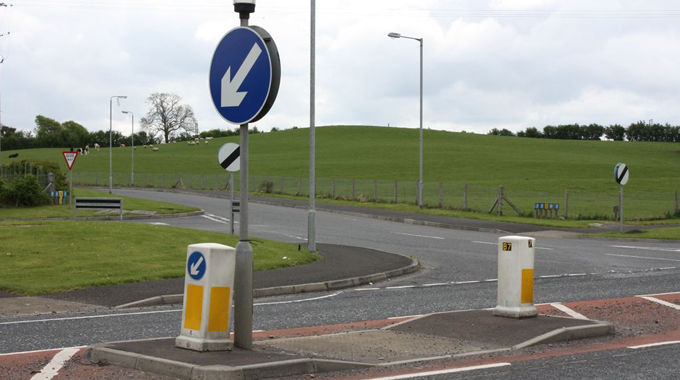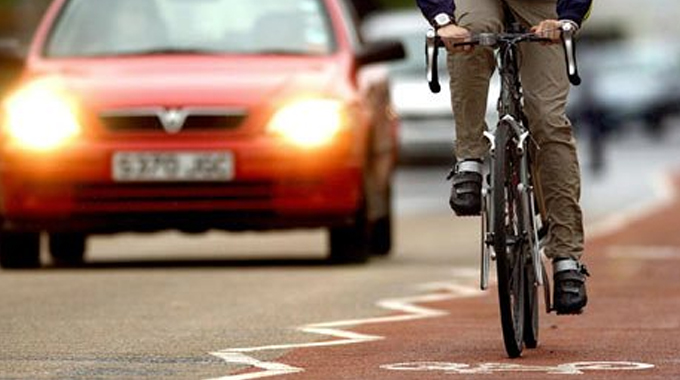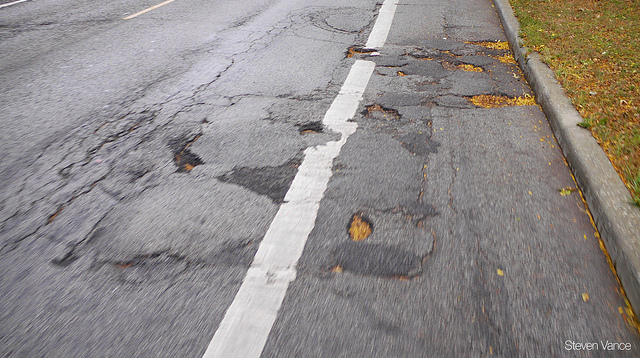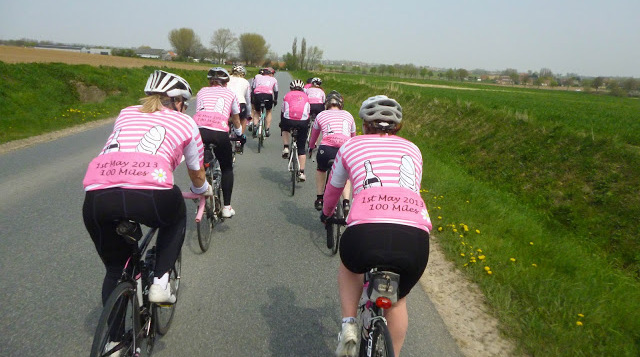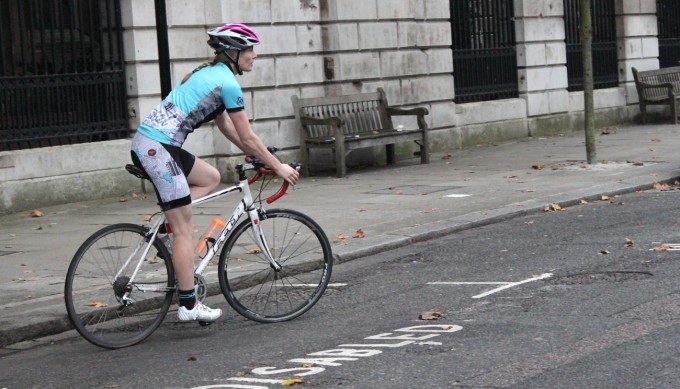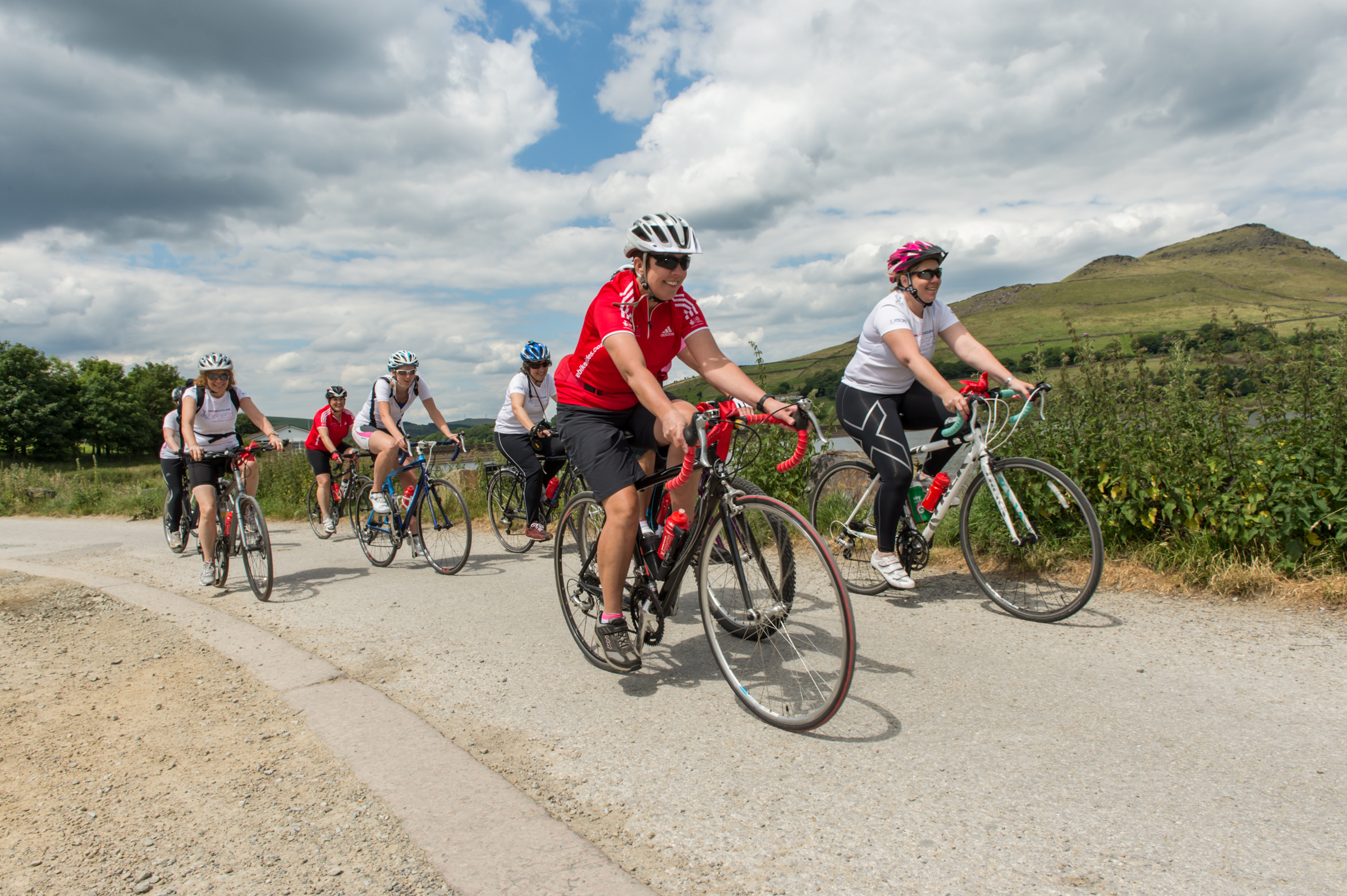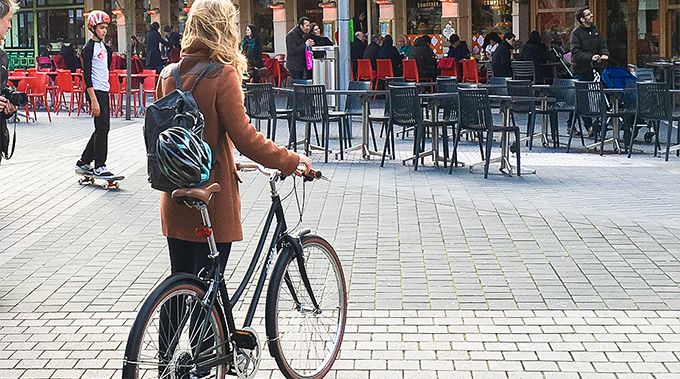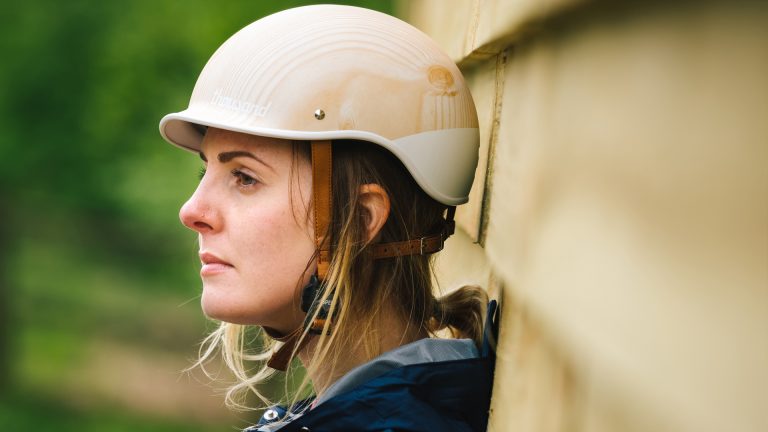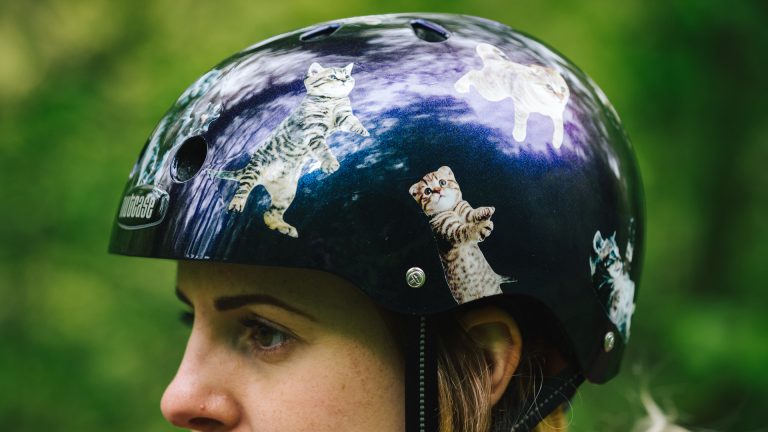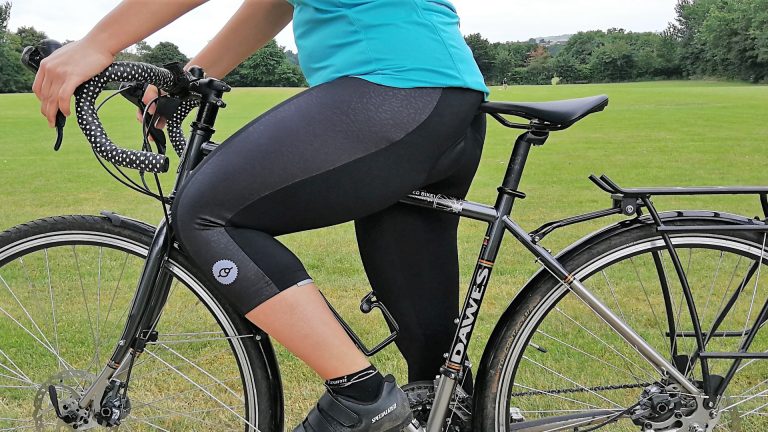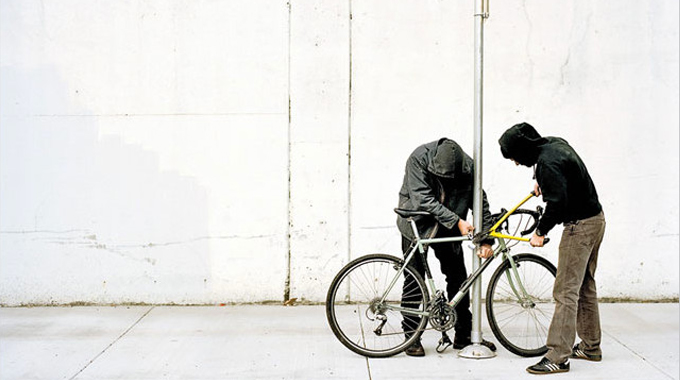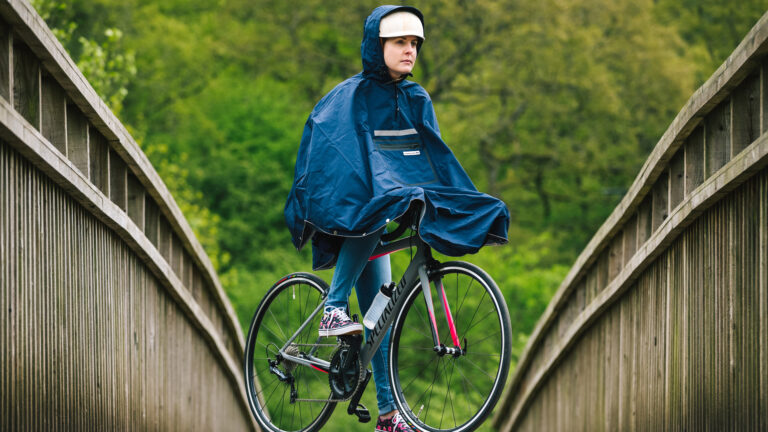The relationship between cyclists and drivers is rocky to say the least. Both parties will shake fists, curse and occasionally collide in disagreement. However, many of these frustrations come down to a lack of understanding on both sides.
A majority of cyclists will hold a driving license, and own a car. With this, they are fully aware of the highway code for both cyclists, and motorists. For drivers who aren’t cyclists, it’s easy to be unaware of a cyclists’ right of way.
We know a lot of drivers out there already know these things – but just to bring it all back home, here are ten truths we wish every driver knew.
Cycling 1 metre from parked cars

Often the kinds of roads that are lined with parked cars are also the narrow kinds – either made so by the parked vehicles, or just because it’s common in housing estates with windy streets.
Cyclists Shame Drivers Parked in Bike Lanes in Toronto
Either way, we often find drivers get upset that we’re riding ‘in the middle of the road’ in this case. This isn’t an intentional exercise to annoy the driver – cyclists need to leave a door’s width between themselves and parked cars, in case an unwitting occupant flings the door open in our path.
We’d also like those planning cycle lanes to know this, too – since cycle lanes that run along parking spaces are both extremely common, and extremely dangerous.


